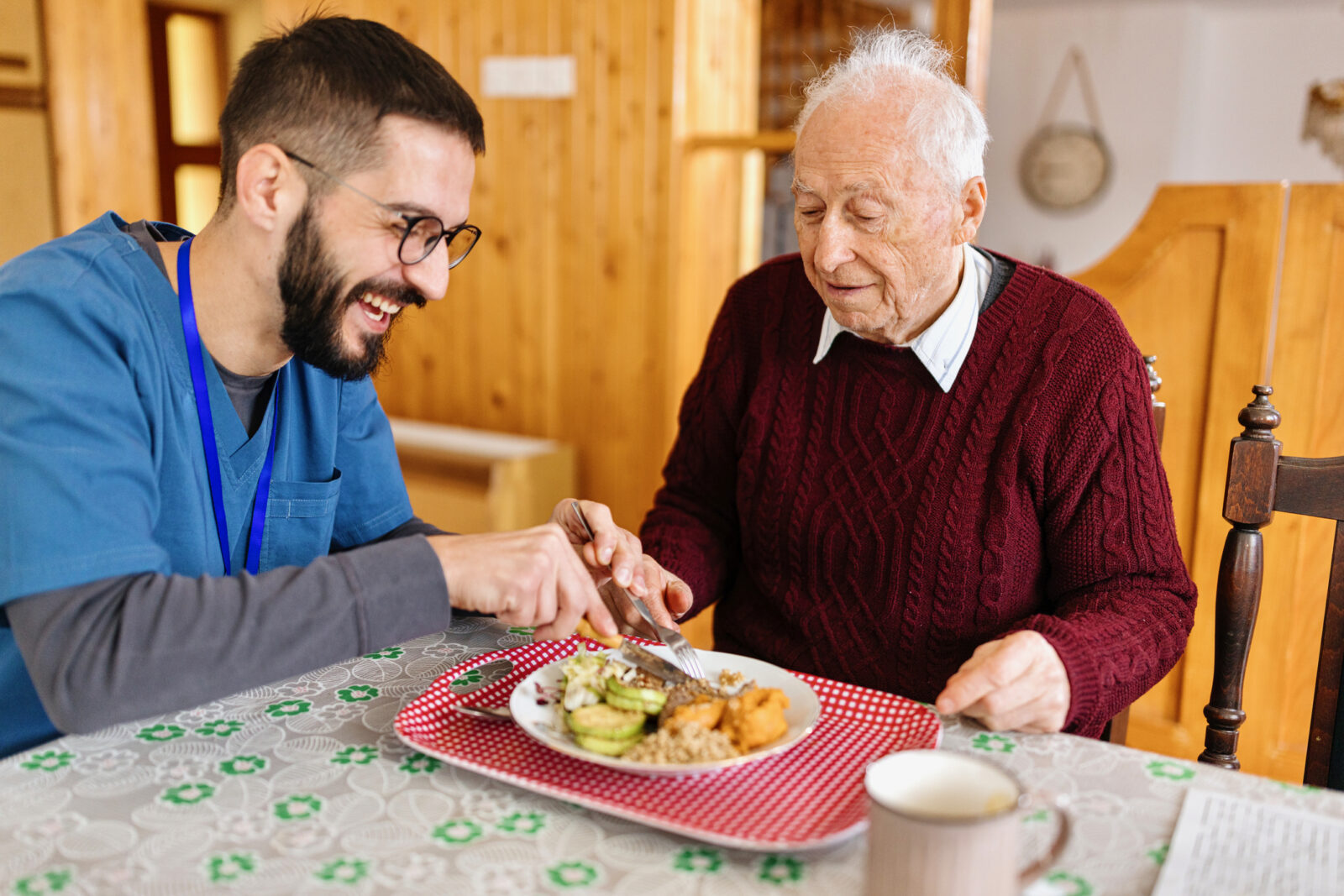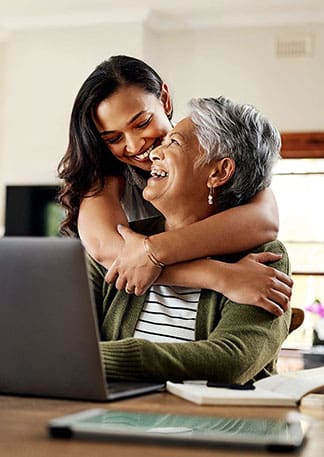Home Sweet Home Care
February 26, 2024 | Benaroya Community Services, Health & Wellness, Resources


As we age, home transforms from a place of residency to a sanctuary of memories. According to AARP, 77% of people 50 or older want to remain in their homes for the long term; a percentage that has remained consistent for over a decade. Aging in place represents independence, familiarity, and community. It’s an idea that naturally resonates with February’s National Senior Independence Month, which recognizes the importance of empowering the aging population to maintain their autonomy and dignity.
Still, it is important to acknowledge challenges with aging in place. The home may need updates. Transportation may be hard to come by and safety can be a real concern. Most significantly, routine tasks that were once effortless can become arduous. A research journal recently observed that “[W]ithout a support system that provides direct assistance (such as with transportation, housekeeping, organizing pills, sometimes even bathing), care coordination (scheduling appointments and facilitating communication between providers), and patient advocacy (ensuring the individual receives the care and resources they need), aging in place can quickly become fraught with challenges, if not outright dangers.”
There is an answer: home care! Home care services, like those offered by Kline Galland, provide a variety of non-medical assistance tailored to an individual’s needs while promoting independence and quality of life. Some key ways home care can come to the rescue include:
Companion care
Loneliness and social isolation are serious health risks for older adults and can increase depression, anxiety, and suicide as well as premature death. Companion care, a cornerstone of home care services, offers emotional support and companionship to aging individuals to prevent loneliness and isolation. These caregivers meaningfully engage through conversation, activities, and outings. In short, they put eyes and ears on a loved one regularly.
Personal care assistance
Personal care assistance helps with activities of daily living (ADLs). For example, caregivers aid individuals with bathing, dressing, and grooming; this support ensures safety and well-being as well as fostering a sense of dignity. Surveys indicate more than 20% of adults older than 85 years require assistance with ADLs.
Household management
Chores, such as cleaning, yard work, cooking, and money management, are essential for a functional and welcoming residence. But, keeping a household running can take lots of time and energy. Aging often means physical limitations. Seniors 80 and up are 2.5 times more likely to have at least one physical limitation as compared to adults aged 50–59. Caregivers can give practical support by doing light housekeeping, washing, grocery shopping, meal preparation, and ensuring bills are paid on time. With household responsibilities taken care of, aging individuals can focus on the enjoyment of daily life.
Home care services can serve as a lifeline, offering personalized support and assistance to enable seniors to age independently in their own home sweet homes.
###
Sources: AARP; Delaware Journal of Public Health; CDC; WebMD; MedlinePlus; HomeGuide.org


